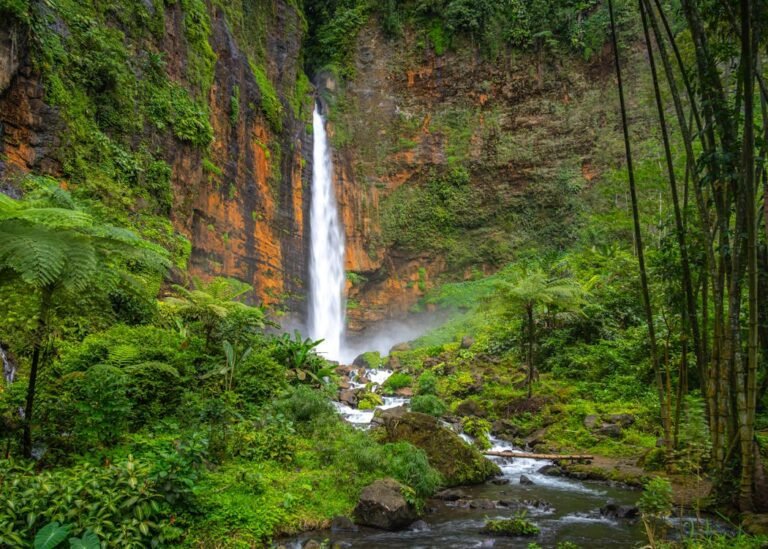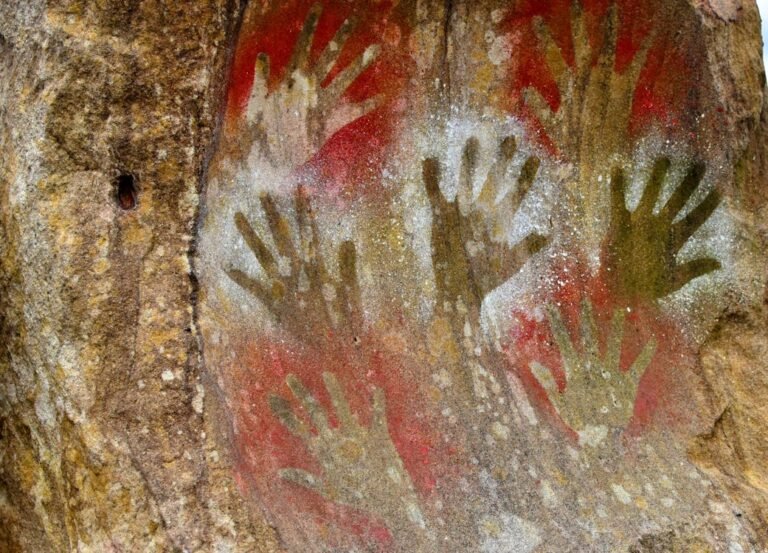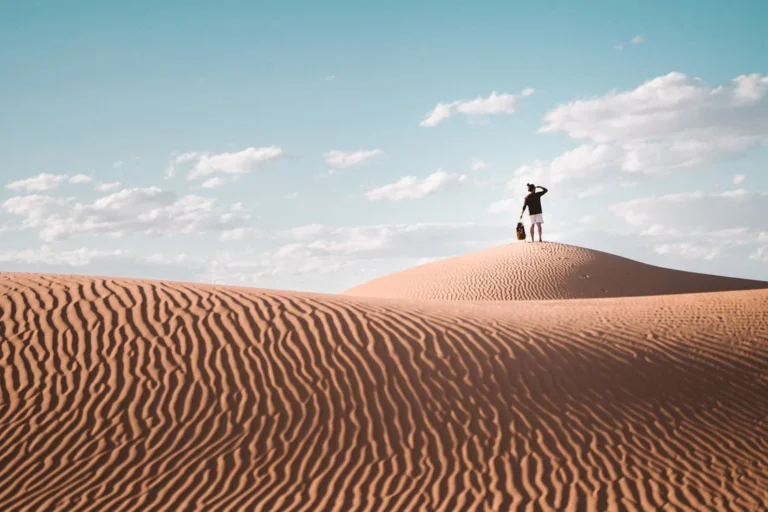Top Wildlife and Plants to Discover in the Mojave Desert
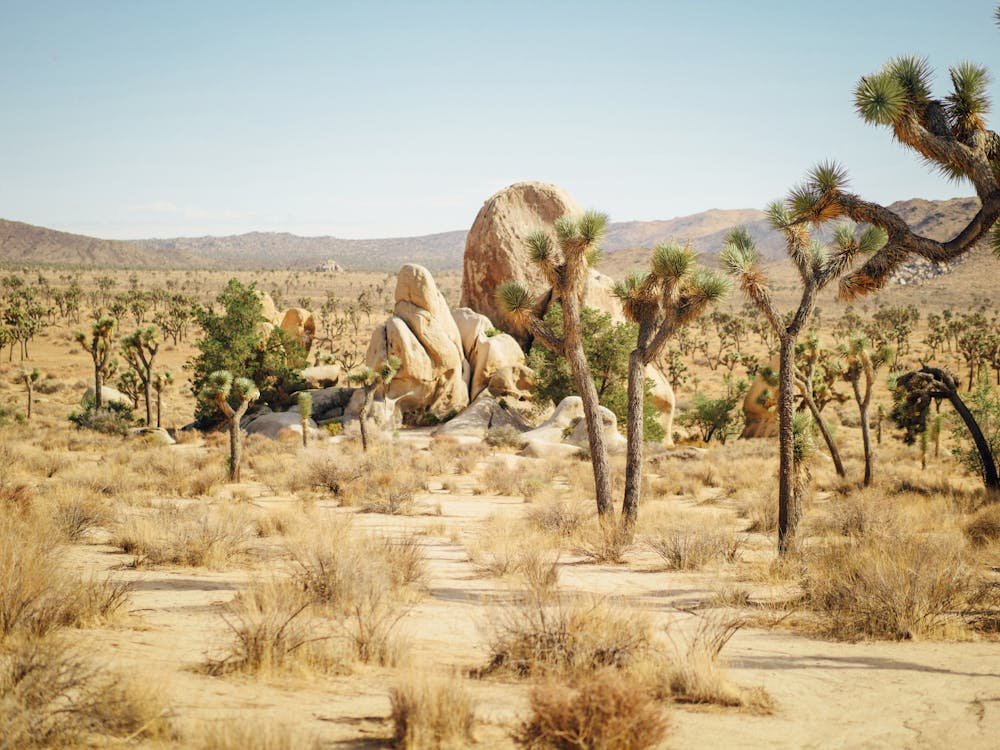
The Mojave Desert might look empty at first, but it’s actually full of life, home to hundreds of plant species, many of which are unique to this region, and the animals have amazing ways of surviving in this hot, dry place.
I’ve traveled to a lot of places, but the Mojave is special. It’s simple, quiet, and full of surprises. The plants and animals here remind me how strong nature can be, even when life gets hard.
In this guide, I’ll show you some of the most interesting wildlife and plants to look for in the Mojave. Whether you’re planning a trip or just want to learn something new, you’ll see how incredible this desert really is.
Ready to learn about the animals? Let’s get started!
Iconic Wildlife of the Mojave Desert
The Mojave Desert is alive with fascinating animals that have developed remarkable adaptations to survive its extreme conditions. Here’s a look at the most iconic wildlife, organized by behavior and habitat for easier exploration.
Animals That Thrive Underground
Desert Tortoise
- Description: The Desert Tortoise spends most of its life in burrows, escaping the intense desert heat. It can live up to 80 years and store water in its bladder for dry periods.
- Where to Spot: Near sandy washes, shrubs, or rocky outcrops. Look for burrow openings or tracks in the sand.
- Best Time to See: Early morning or late afternoon during cooler seasons like spring or fall.

Kangaroo Rat
- Description: This tiny, hopping rodent never needs to drink water, getting all its moisture from seeds. It uses underground burrows to escape predators and stay cool.
- Where to Spot: Near shrubs or open sandy areas, usually after dark.
- Best Time to See: Nighttime when the desert cools down.
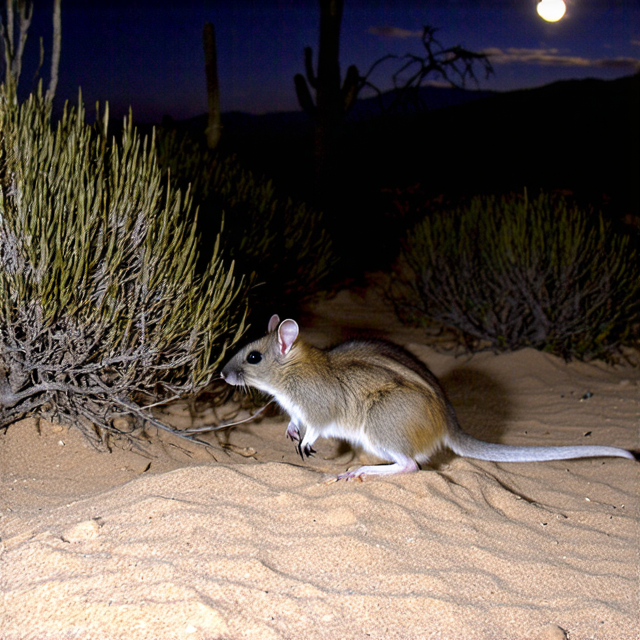
Animals That Rule the Open Desert
Roadrunner
- Description: Famous for its speed, the roadrunner sprints up to 20 miles per hour and preys on insects, lizards, and small snakes.
- Where to Spot: Open desert areas, dirt roads, or near shrubs. They’re often seen darting across the ground.
- Best Time to See: During the day, especially in the early morning or late afternoon.
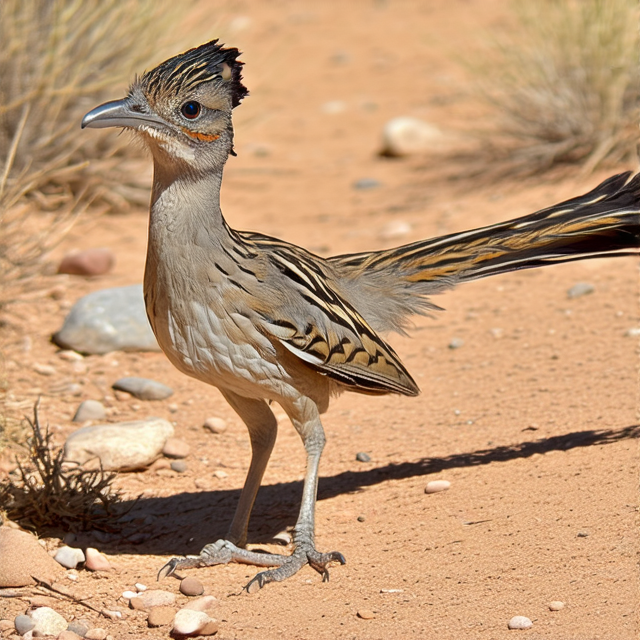
Coyote
- Description: Smart and resourceful, coyotes are skilled hunters and scavengers. They thrive on a varied diet, from small mammals to fruit and carrion.
- Where to Spot: Open plains, washes, or near water sources. Coyotes are commonly heard howling at night.
- Best Time to See: Dawn, dusk, or nighttime.
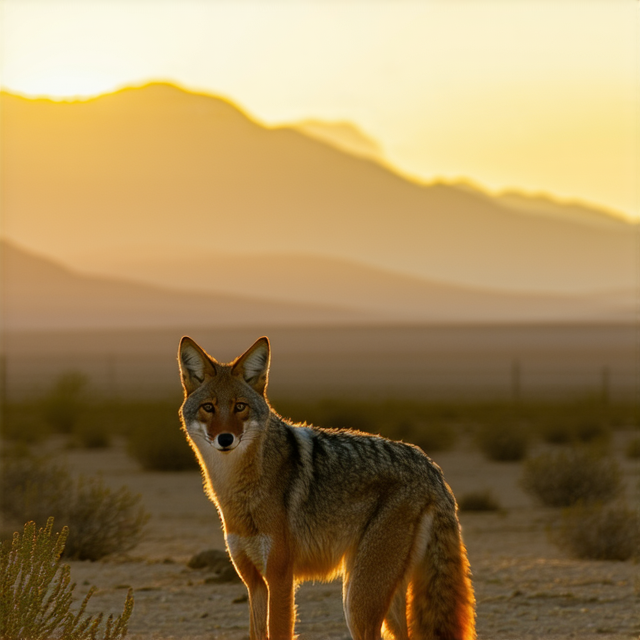
Animals Found in Rocky Terrains
Desert Bighorn Sheep
- Description: These majestic animals are built for climbing, with strong legs and split hooves that help them navigate rocky cliffs. They graze on shrubs and grasses.
- Where to Spot: Near mountains, rocky slopes, or areas with water sources.
- Best Time to See: Early morning or late afternoon.
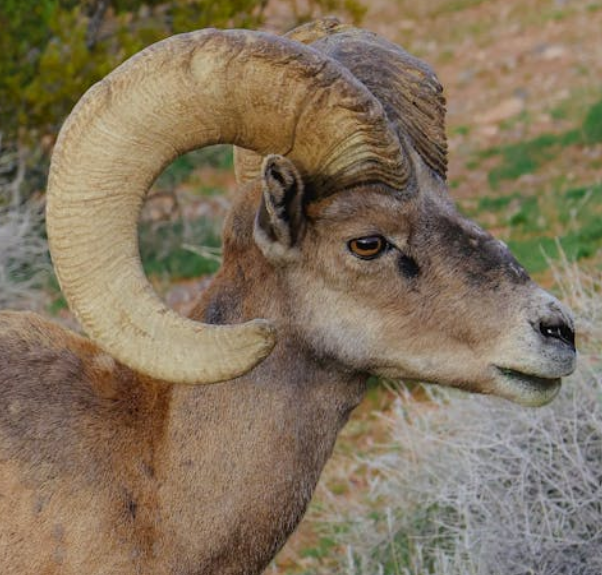
How to Spot Wildlife in the Mojave Desert
- Go Early or Late: Wildlife is most active during cooler parts of the day—early morning or late evening.
- Find Water Sources: Animals gather near springs or streams. Look for tracks or trails leading to these spots.
- Use Binoculars: Open desert areas and rocky cliffs are great for spotting animals from a distance.
- Stay Quiet and Patient: Move slowly and minimize noise to avoid scaring animals away.
- Look for Tracks and Signs: If you don’t see an animal, their tracks, scat, or burrows can offer clues to their presence.
By focusing on the habits and habitats of these animals, you can maximize your chances of spotting them during your Mojave Desert visit. Each of these creatures is a testament to the power of adaptation and resilience in one of the world’s harshest environments.
Birds of the Mojave Desert
The Mojave Desert isn’t just home to animals on the ground—it’s a haven for a variety of bird species, from powerful raptors to small, colorful songbirds. Birds in the Mojave have adapted to its harsh environment with unique behaviors and survival strategies. Whether you’re an experienced birder or just curious, there’s plenty to discover.
Raptors: Masters of the Skies
Golden Eagle
- Description: These large, powerful birds of prey are skilled hunters, swooping down on rabbits, squirrels, and other small mammals. With a wingspan of up to 7 feet, Golden Eagles are a breathtaking sight.
- Where to Spot: Look for them soaring high above open desert landscapes or perched on tall cliffs and rocky outcrops.
- Best Time to See: Mid-morning to late afternoon when they’re actively hunting.
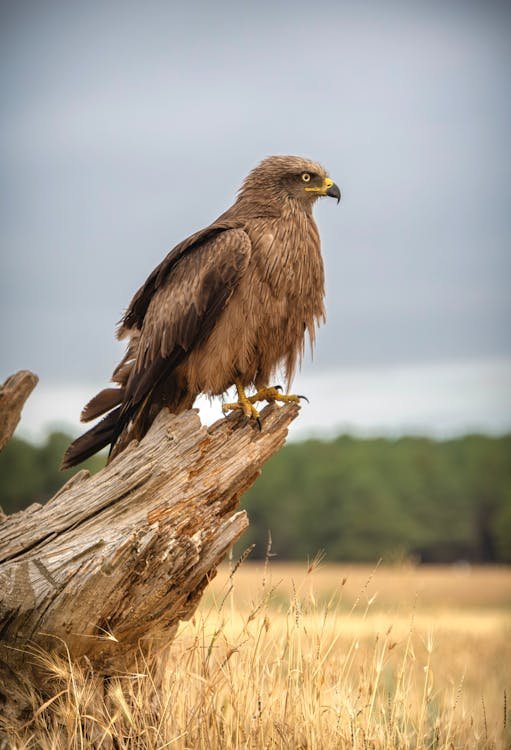
Red-Tailed Hawk
- Description: One of the most common raptors in the Mojave, Red-Tailed Hawks can often be identified by their distinctive rusty-red tail. They feed on rodents, snakes, and other small prey.
- Where to Spot: Perched on utility poles, fence posts, or circling in the sky.
- Best Time to See: Anytime during daylight hours.
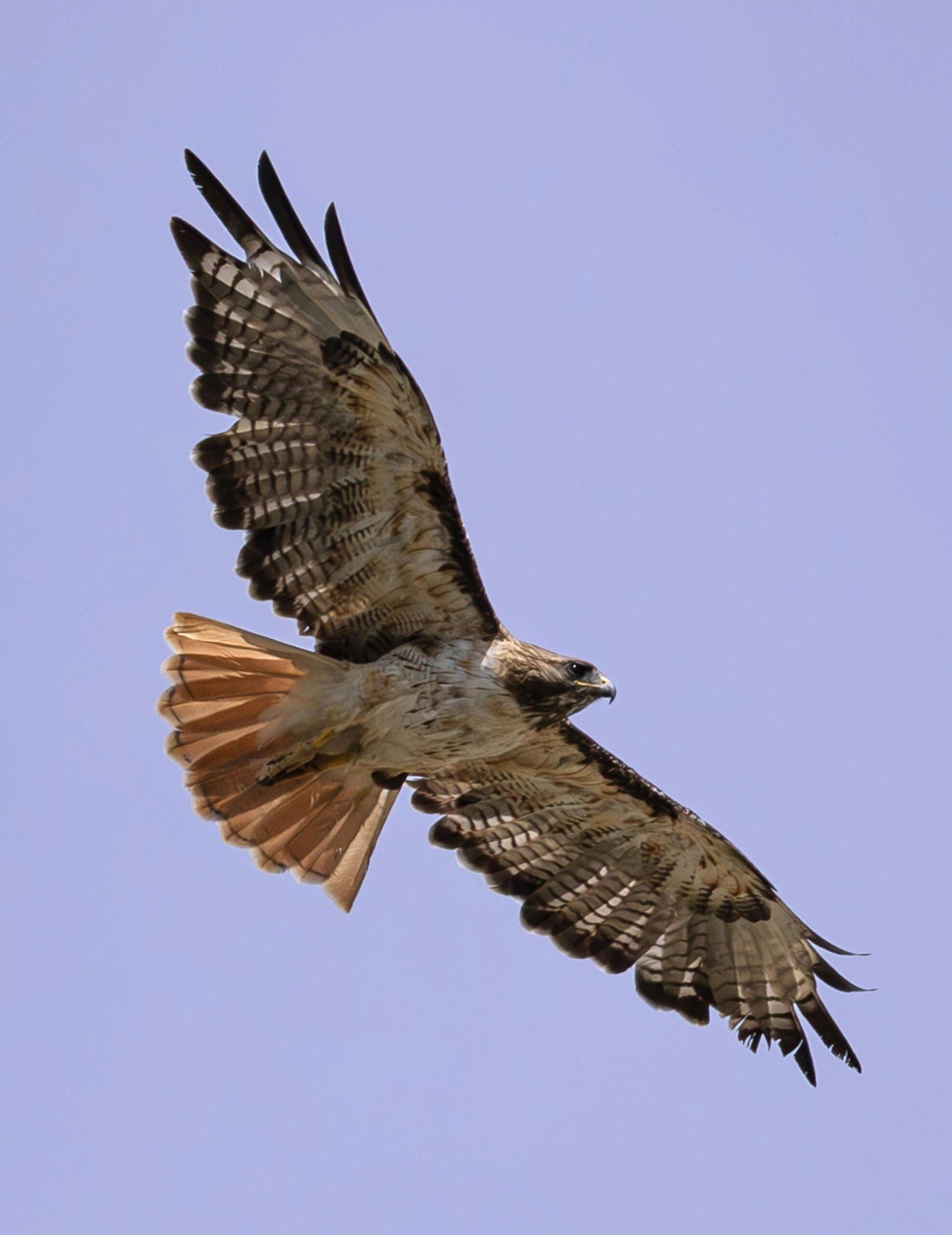
Desert Songbirds
Cactus Wren
- Description: The Cactus Wren is the largest wren in North America and is closely tied to the Mojave’s plant life. They often build their nests in thorny plants like cholla cacti for protection.
- Where to Spot: Near cacti, shrubs, or in open desert areas with sparse vegetation.
- Best Time to See: Early morning when they’re most active and singing.
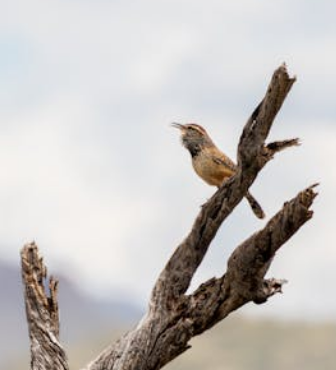
Verdin
- Description: These tiny songbirds are known for their bright yellow heads and their ability to thrive in extreme heat. They build spherical nests out of twigs to keep cool during the day.
- Where to Spot: In desert shrubs or small trees, often near their distinctive nests.
- Best Time to See: Mornings and evenings when the temperatures are cooler.

Migratory Birds
Western Tanager
- Description: These brightly colored birds, with their striking yellow and red plumage, pass through the Mojave during migration. They feed on insects and berries.
- Where to Spot: Near oases or riparian areas where water and vegetation are abundant.
- Best Time to See: Spring and fall during migration season.

Sandhill Crane
- Description: These tall, elegant birds use the Mojave as a stopover during their long migrations. Their loud, trumpeting calls are unforgettable.
- Where to Spot: Near wetlands or open fields with access to water.
- Best Time to See: Late winter to early spring.
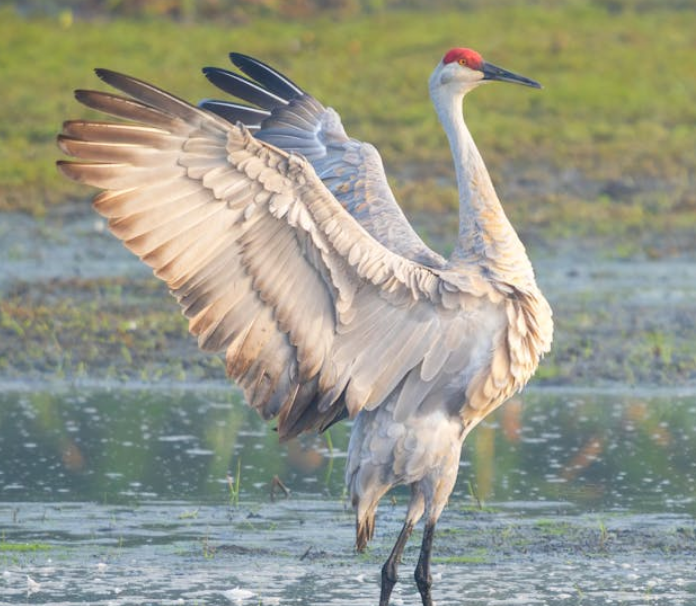
Best Bird-Watching Spots in the Mojave
- Mojave National Preserve: A wide range of habitats, from Joshua Tree forests to rocky outcrops, makes this a top birding location.
- Kelso Dunes: The area’s mix of open sand and scattered vegetation attracts various bird species.
- Big Morongo Canyon Preserve: This oasis offers water and shade, attracting both resident and migratory birds.
- Lake Mead: The reservoir provides a crucial water source for many birds, including migratory species.
Tips for Bird-Watching in the Mojave
- Bring Binoculars: Spotting birds at a distance is much easier with binoculars or a spotting scope.
- Stay Quiet: Birds are sensitive to noise. Move slowly and avoid sudden movements.
- Look for Water: Springs, oases, and other water sources are hotspots for birds, especially during migration.
- Visit in the Morning: Birds are most active and visible in the cooler hours of the day.
- Use a Field Guide: A bird identification guide or app can help you recognize the species you encounter.
Bird-watching in the Mojave Desert is a rewarding experience, offering the chance to see some of the region’s most resilient and colorful species. From the majestic Golden Eagle to the charming Cactus Wren, there’s something to marvel at every time you look to the skies.
Unique Plant Life in the Mojave Desert
The Mojave Desert is a land of extraordinary plants, many of which exist nowhere else in the world. These plants have evolved clever adaptations to survive the extreme heat, limited water, and nutrient-poor soils of the desert. From iconic trees to prickly cacti, the Mojave’s flora is as fascinating as its wildlife.
The Signature Species of the Mojave
Joshua Tree
- Description: The Joshua Tree, a type of yucca, is the most recognizable symbol of the Mojave Desert. Its twisted branches and spiky leaves give it a unique appearance. Joshua Trees can live for hundreds of years and play a key role in the desert’s ecosystem, providing shelter and food for animals.
- Where to Spot: Joshua Tree National Park and Mojave National Preserve are prime locations for seeing these iconic trees.
- Best Time to See: Visit in spring to see their creamy white flowers in bloom.

Creosote Bush
- Description: Known as the desert’s survivor, the Creosote Bush is one of the oldest living plants, with some colonies estimated to be over 10,000 years old. Its waxy leaves help conserve water, and its strong smell can fill the air after rain.
- Where to Spot: Creosote Bushes are common throughout the Mojave and are often the dominant plant in many areas.
- Why It’s Important: The bush provides food and shelter for many desert animals, including insects and small mammals.
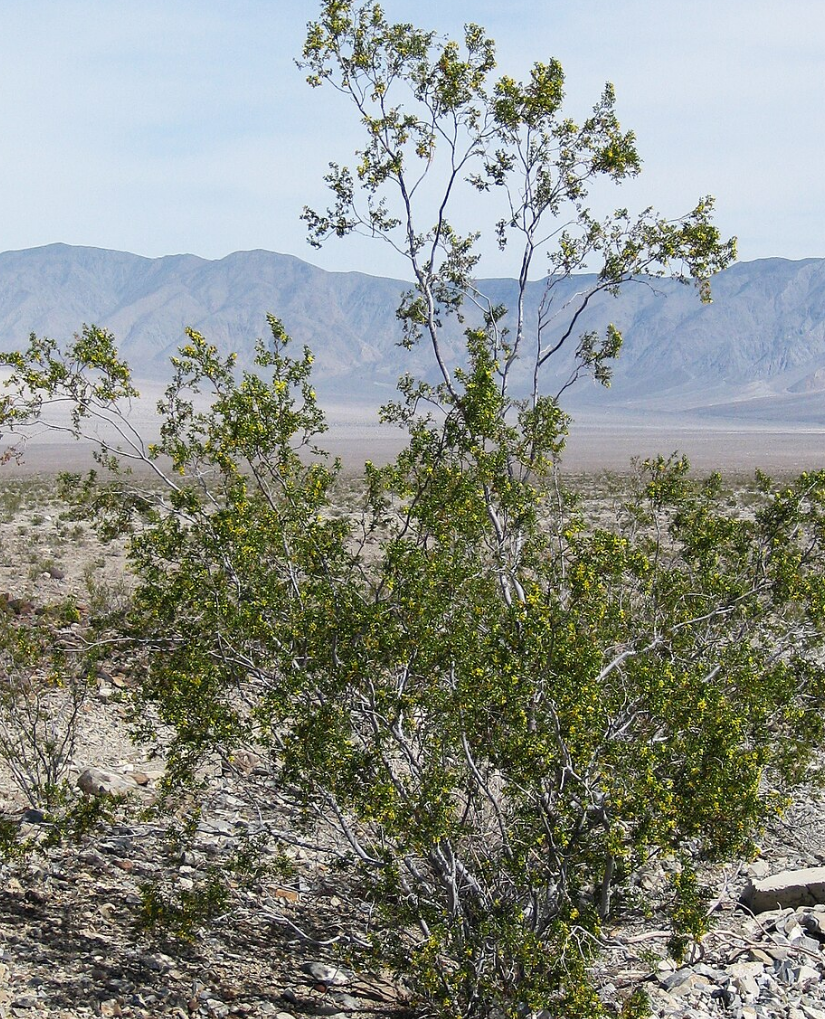
Cacti of the Mojave
Cholla Cactus
- Description: The Cholla Cactus, also called “jumping cholla,” is infamous for its spiny stems that easily attach to anything that brushes against them. Despite their intimidating defense, they produce beautiful blooms in the spring.
- Where to Spot: Found in rocky or sandy areas throughout the Mojave.
- Best Time to See: Spring, when their flowers bloom in shades of yellow, orange, or pink.

Beavertail Cactus
- Description: This flat-stemmed cactus gets its name from its beaver-tail-like pads. It’s known for its vibrant pink or magenta flowers, which attract pollinators like bees.
- Where to Spot: Beavertail Cacti thrive in rocky areas and open desert spaces.
- Best Time to See: Late spring to early summer, when their flowers are at their brightest.

Wildflowers and Seasonal Highlights
Spring Blooms
- After rare rains, the Mojave comes alive with wildflowers like Desert Marigold, Mojave Aster, and Sand Verbena. These short-lived flowers blanket the desert in vibrant colors, creating a breathtaking scene.
- Best Locations for Wildflowers: Death Valley National Park, Mojave National Preserve, and Antelope Valley.
Adaptations of Desert Plants
- Water Storage: Plants like cacti store water in their thick stems to survive long dry periods.
- Deep Roots: Many shrubs and trees, like the mesquite, have roots that reach deep underground to find water.
- Small Leaves: Plants like the creosote bush have tiny, waxy leaves to reduce water loss through evaporation.
Tips for Observing Plant Life
- Plan for Spring: The spring bloom is the best time to see desert plants at their most vibrant.
- Watch Your Step: Many desert plants are fragile, and stepping off trails can harm them.
- Look for Shade: Some plants, like the Joshua Tree, create microhabitats for other plants and animals beneath their canopies.
- Carry Water: Exploring the desert can be hot and dry—always bring plenty of water for yourself.
The Mojave Desert’s plant life is as tough as it is beautiful. From the towering Joshua Tree to the colorful blooms of wildflowers, these plants have adapted to survive one of the harshest environments on Earth. Appreciating their resilience gives you a deeper connection to this unique ecosystem.
Seasonal Highlights in the Mojave Desert
The Mojave Desert’s landscape changes with the seasons, offering different experiences throughout the year. Whether it’s the burst of color during spring blooms or the quiet beauty of winter, the Mojave has something unique to offer no matter when you visit.
Spring: A Desert in Bloom
Spring is the most dramatic season in the Mojave Desert. After winter rains, the desert comes alive with vibrant wildflowers and renewed animal activity.
Wildflowers to Look For
- Desert Marigold: Bright yellow flowers that add a sunny glow to the desert.
- Mojave Aster: Pale lavender flowers that thrive in sandy soils.
- Sand Verbena: Delicate clusters of pink or purple flowers often found in dunes.
- Desert Poppies: Small orange blooms that create colorful carpets in certain areas.
Best Places to See Wildflowers
- Death Valley National Park: Known for its “super blooms” during years of heavy rainfall.
- Antelope Valley: Famous for its vast fields of California poppies.
- Mojave National Preserve: Offers a wide range of flowers due to its diverse elevations.
Summer: The Desert at Its Hottest
Summer in the Mojave is harsh but reveals the resilience of its plants and animals. Most wildlife is active only at dawn, dusk, or night to escape the extreme heat, which can soar above 110°F (43°C).
What to Look For
- Nocturnal Animals: Kangaroo Rats, coyotes, and desert foxes become more active during the cooler nighttime hours.
- Cacti in Bloom: Certain species, like the Cholla and Beavertail Cacti, may still display their flowers early in the season.
Safety Tips for Summer Visits
- Explore during early morning or late evening.
- Carry plenty of water and wear lightweight, protective clothing.
- Avoid long hikes in the midday sun.
Fall: A Time of Transition
Fall brings cooler temperatures, making it one of the best times to explore the Mojave. Many plants and animals prepare for the cooler months ahead, and the desert becomes more accessible for outdoor activities.
What to Expect
- Golden Light: The desert landscape takes on warm, golden hues during sunset.
- Active Wildlife: Animals like the Desert Tortoise and roadrunners are more visible as temperatures drop.
- Ideal Hiking Weather: Cooler days make it easier to enjoy trails like the Kelso Dunes or the Hidden Valley Loop in Joshua Tree National Park.
Winter: Quiet and Serene
Winter is a peaceful time in the Mojave Desert. While the nights can be freezing, daytime temperatures are mild, making it an excellent time for camping and hiking.
What to Look For
- Migratory Birds: Sandhill Cranes and other migratory species stop in the desert’s oases and wetlands.
- Snow-Capped Peaks: Some areas, like the higher elevations of the Mojave National Preserve, may see a dusting of snow.
- Joshua Trees: Their unique silhouettes stand out even more against the soft winter light.
Best Activities
- Visit the Kelso Depot Visitor Center for insights into the desert’s history and ecology.
- Explore areas like the Cima Dome or the Hole-in-the-Wall trails without the heat of summer.
Planning Your Visit by Season
| Season | Highlights | Recommended Activities |
|---|---|---|
| Spring | Wildflowers, active wildlife | Hiking, photography, wildflower spotting |
| Summer | Nocturnal animals, resilient plants | Stargazing, short morning walks |
| Fall | Golden light, cooler temperatures | Long hikes, wildlife watching, camping |
| Winter | Migratory birds, snow-dusted peaks | Exploring trails, visiting oases, photography |
Each season in the Mojave Desert has its own charm. Whether you’re drawn to the vibrant colors of spring, the quiet beauty of winter, or the golden light of fall, the Mojave always has something special to offer.
Conclusion
The Mojave Desert is a vibrant, living ecosystem filled with unique plants and animals that have adapted to some of the harshest conditions on Earth. From the iconic Joshua Tree to the elusive Desert Tortoise, every species tells a story of resilience and survival.
Exploring the Mojave is an unforgettable experience. Whether you’re marveling at spring wildflowers, watching a roadrunner dart across the landscape, or enjoying the stillness of a winter evening, this desert has a way of connecting you to the raw beauty of nature.
But with that connection comes responsibility. The Mojave’s delicate balance is under threat, and it’s up to all of us to protect it. By respecting the land, observing wildlife ethically, and supporting conservation efforts, we can help ensure this incredible desert thrives for generations to come.
Next time you find yourself in the Mojave, take a moment to look closer—at the plants, the animals, and the shifting light on the horizon. It’s a place that rewards patience and quiet observation, reminding us of nature’s resilience and our role in preserving it.
Are you ready to explore or learn more about the Mojave? The desert is waiting.

